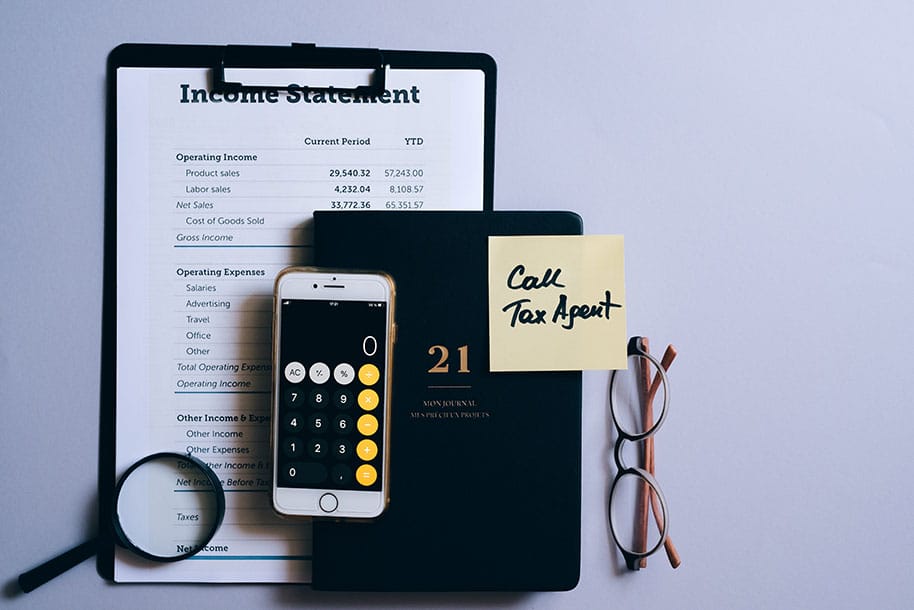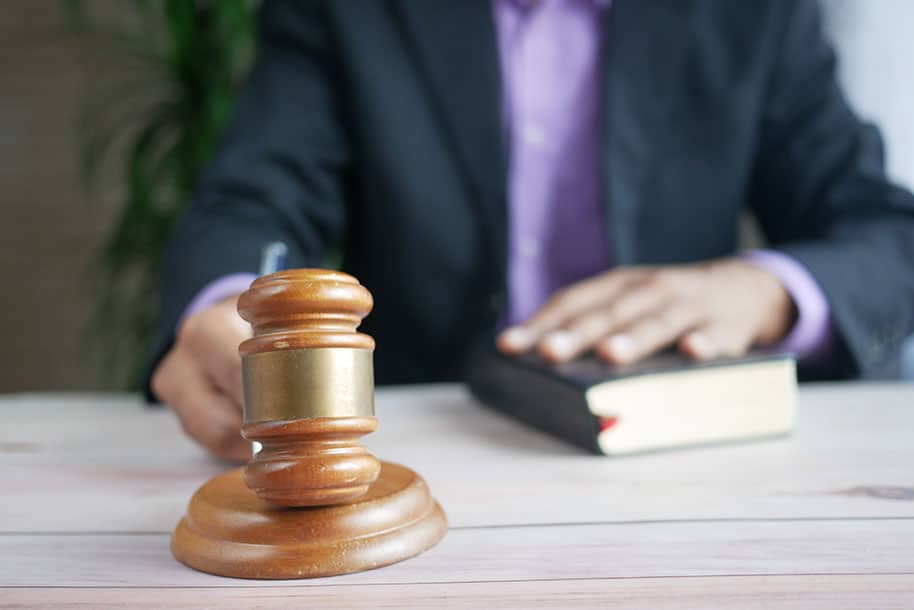Introduction – Business Tax Audit
Business tax audits are a keyway by which the Canada Revenue Agency (CRA) ensures that a business has fulfilled its tax obligations with respect to income tax, payroll deductions, benefits, remittances, and GST/HST, pursuant to the Income Tax Act and the Excise Tax Act. When the CRA conducts a business tax audit, it examines the business’s books and records, financial statements, and all other relevant documents to ensure that they reflect the information reported in the business’s tax returns. This article provides tax guidance related to CRA tax audits.
How Does the CRA Select a Business File for a Tax Audit?
The CRA utilizes various risk assessment and audit planning systems when selecting a business file for a tax audit. For instance, CRA’s risk assessment systems may look for certain indicators including, but not limited to, errors, omissions and false statements in business tax returns. In other cases, CRA’s assessment systems may focus on the information included in a business’s tax returns in comparison to the information reported in similar tax returns. Further, the basis for CRA’s tax audit selection may include, but is not limited to:
- Regional or national levels; and,
- Audit by association (for instance, a business may be audited for conducting business and or dealing with another business that is being audited).
In particular, the CRA utilizes risk-assessment systems that help identify tax returns that are considered to be high-risk and are prone to be non-compliant with their tax obligations pursuant to the Income Tax Act and the Excise Tax Act. Once a business’s tax return is identified as high-risk, CRA employees or agents will examine the information to determine whether (or not) an audit is required to address the high risks identified. If CRA’s Audit Division determines that a tax audit is required, it will assign a tax auditor to the file.
CRA’s auditor may begin the tax audit process by contacting the business owner and or representative, by telephone. CRA’s tax auditor will also forward an initial contact letter to the business’s registered mailing address on file, outlining the details of the tax audit and any additional information or documents that may be required to complete the tax audit.
Information and Documents Requested During a Tax Audit
During a business tax audit, CRA’s tax auditor will request and examine various documents and information including, but not limited to:
- Business records (e.g., ledgers, journals, receipts, invoices, bank statements, financial statement, agreements and contracts)
- Personal records (e.g., the business owner’s personal bank statement and credit card statements)
- Personal and business books and records of taxpayers who are related to the business and or the business owner, employees, representatives, or officers.
CRA’s tax auditor may also request third-party information from a business’s employee(s), accountant and or bookkeeper in relation to the business’s books, records, and tax returns. The business’ professional accountant should always be involved in the tax audit and if the business or the accountant are aware of issues then an expert Canadian tax lawyer should also be retained before commencement of the tax audit.
Indirect Verification of Income
The CRA uses various methods to ensure that a business’s reported income is correct and accurate, this is known as indirect verification of income. When indirectly verifying a business’s income, the CRA’s tax auditor may apply various techniques including, but not limited to:
- Bank deposit analysis;
- This technique is used to calculate gross revenues and additional funds required to pay for a business’s cash expenses. The purpose of a bank deposit analysis is to identify the existence of unreported sources of income. While a bank deposit analysist can provide valuable information pertaining to the business’s financial structure, the extent of its application is limited to the accounts held by the business.
- Projection audit method;
- The projection audit method is often applied where there are indications of understated or unreported income. For instance, this technique can be used to verify restaurant food and liquor purchases and project the sales that should have resulted from such purchases. In certain circumstances, the projection audit method is applicable to help determine the reasonableness of expenses claimed based on identifiable trends and or set of variables. The projection audit method is commonly used to determine a taxpayer’s business activities in service industries including taxi cab drivers and restaurants. It is based on assumptions that are often wrong and generally results in overstated income.
- Net worth method (which is discussed further below).
The indirect verification of income method is often applied by the CRA where one or more of the following circumstances are applicable:
- A business’s books and records are prone to errors;
- A business owner and or representative may have used the business’s bank account and their personal bank account interchangeably;
- A business owner and or representative maintains a lifestyle that does not reflect the business’s reported income;
- The business operates in a sector that is considered to be at high-risk of unreported income (e.g., taxi services); and,
- The business consistently reports low amounts of income (compared to similar businesses in the same sector).
In conducting an indirect verification of income, CRA’s tax auditor will attempt to engage in ongoing communication with the business owner and or Canadian tax lawyer to ensure that all relevant information is considered when determining the accuracy of the business’s reported income.
The Net Worth Method
The most common indirect verification of income method used by the CRA is the net worth tax audit method and it is applied to measure potentially unreported income. The net worth method allows CRA’s tax auditor to look beyond the business books and records by conducting a comprehensive review of the business owner’s lifestyle, assets, liabilities, and personal financial records. CRA’s tax auditor may also consider changes to the business owner’s information, personal spending, land title information, and non-taxable sources of income (i.e., inheritance or gift), that may be relevant to completing the tax audit.
The net worth method permits CRA’s tax auditor to obtain a holistic view of the business owner’s financial circumstances and family unit. Accordingly, CRA’s tax auditor may request to examine the financial records of the business owner’s spouse and or any other members (of the business owner’s household) who contribute to the business.
There are, however, clear issues associated with the net worth methodology. In particular, the net worth methodology does not provide accurate and reliable means of measuring a taxpayer’s unreported income. In addition, because the net worth method is designed to verify the reported and unreported income of family units, it may not be effective and or accurate in verifying individual taxpayers’ reported and unreported income. Further, the net worth audit method can cause financial harm to taxpayers because it tends to assume that increase in wealth and bank deposits is because the taxpayer earned unreported income and consequently it could result in the CRA issuing inaccurate reassessments. Moreover, the net worth method has also been scrutinized and overturned by the Tax Court of Canada. In Landry v The Queen, a former dancer received several gifts from an individual who was her previous client. The CRA assessed the Appellant using the net worth method. Justice Hogan of the Tax Court of Canada explained that the net worth method was “unsatisfactory and imprecise” and that it should be used “as a last resort in situations where the taxpayer provides no documentation”.
How Long Does a Tax Audit Last?
It is difficult to provide exact tax guidance as to the time-period it takes to complete a business tax audit because it will vary depending on the type of business and or the scope of the tax audit. A business tax audit may be delayed in circumstances where the business owner and or representative are unable to provide relevant records or documents that are request by CRA’s tax auditor. In some cases, a business tax audit may be delayed due to unrelated circumstances included, but not limited to, the COVID-19 pandemic. Further, there may also be delays in a business tax audit caused by the CRA. Specifically, the CRA may need to assign a new tax auditor to the file or it may need to engage the services of other CRA tax specialists to complete the business tax audit. It is crucial for business owners and or representatives to understand their taxpayer rights during an audit.
Taxpayer Bill of Rights – Your Rights During a Business Tax Audit
The Taxpayer Bill of Rights presents 16 rights relating to the treatment to which taxpayers are entitled to when dealing with the CRA and includes various avenues that taxpayers pursue if they believe that the CRA has not respected their rights. In particular, Article 5 of the Taxpayer Bill of Rights presents taxpayers the right to be treated professionally, courteously, and fairly when dealing with the CRA. Under Article 11, taxpayers have a right to expect the CRA to be accountable for its decisions pertaining to their tax affairs, specifically concerning its errors and omissions. This means that when CRA Audit Officers make a decision pertaining to a tax audit and findings, the officer must be able to explain his or her decision and inform the business owner and or representative taxpayer of their rights and obligations pertaining to the relevant decision.
Taxpayers also have the right to submit a service complaint if they are dissatisfied with the services received from the CRA during the business tax audit. For instances, a business owner and or representative may submit a service complaint for delays caused by the CRA during the business tax audit.
Tax Guidance as to What Happens After a Business Tax Audit?
Once the business books and records are examined, CRA’s tax auditor must provide a written summary outlining the audit findings to the business owner and or representative.
If CRA’s tax auditor concludes that no changes need to be made to the business’s tax returns, then the business tax audit will be closed. However, if CRA’s tax auditor determines that changes must be made to the business’s income tax returns, the business owner and or representative (or their legal representative) will typically have 30 days (from the date indicated on the tax auditor’s written summary) to respond to the tax auditor’s written proposed changes. Upon receipt of CRA’s tax auditor’s written proposal, business owners and or representatives (or their legal representative) should contact the tax auditor immediately to explain why the taxpayer disagrees with the written proposal and to confirm the deadline (set by the tax auditor) for submitting additional information and documents that support their position. CRA’s tax auditor is then obligated to consider the explanation of the business owner and/or representative in conjunction with any additional supporting information and documents, as well as respond to inquiries pertaining to the proposal. Further, CRA’s tax auditor may grant additional time for further submissions pertaining to unresolved issues resulting from the tax audit. If you received an audit proposal letter, it is highly recommended that you contact one of our certified specialists in taxation Canadian tax lawyers who have successfully made numerous tax audit submissions to the CRA on behalf of taxpayers for appropriate tax guidance.
It is important for business owners and or representatives to understand that if they do not response to CRA’s tax auditor within 30 days (from the date indicated on the tax auditor’s written summary), CRA’s tax auditor will presume that the business owner and or representative agree with the written proposal. Once the 30 days to respond to CRA’s tax auditor’s written proposal have passed, the business owner and or representative who failed to respond in this time will not be able to provide submissions as to why CRA’s tax auditor’s proposal is incorrect.
Once the tax audit is closed, CRA’s tax auditor will mail the final proposal letter to the business owner and or representatives summarizing the findings and conclusions of the tax audit, which will be followed by a notice of assessment or reassessment.
In circumstances where a business tax audit results in changes made to the business’s taxable income or taxes payable, a notice of reassessment will be issued to the business for the relevant taxation year. However, in cases where a business tax audit results in changes made to a loss claimed in the business’ tax returns, a notice of redetermination will by issued by the CRA.
Business owners and or representatives who disagree with the conclusions of CRA’s tax audit have the right to object to reassessments issued against their business resulting from a tax audit. According to subsection 165(1) of the Income Tax Act and subsection 301(1.1) of the Excise Tax Act, the limitation period for filing a notice of objection to a notice of assessment or reassessment is “on or before the day that is 90 days after the day of sending the notice assessment”. Objecting to a reassessment submitted on behalf of a business will ensure that the additional taxes, arising from the business tax audit, will not have to be paid until the objection to the reassessment is resolved.
Pro Tax Tips – CRA’s Business Tax Audit
Business tax audits can create immense financial consequences for businesses and their owners. Our certified specialist in taxation Canadian tax lawyers have successfully collaborated with CRA’s Audit Division on behalf of businesses and taxpayers to ensure a smooth and efficient tax audit while strenuously asserting the taxpayers’ rights. If your business is undergoing a CRA tax audit or if you have unresolved issues with CRA’s Audit Division or if you are unsatisfied with the services provided by the CRA during a business tax audit, please contact our law office to speak with one of our top Canadian tax lawyers.



